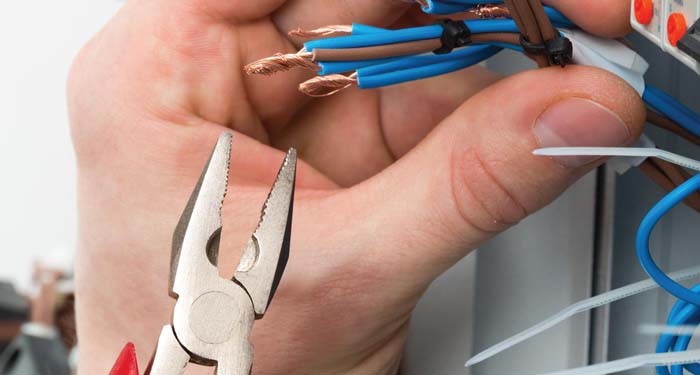TNB Electricity System
Voltages
The transmission voltage networks are 500kV, 275kV and 132kV, whilst the distribution voltages are 33kV, 11kV and 400/230 volts. However, in the case of certain parts of Johor & Perak, the distribution voltages may also include 22kV and 6.6kV.
Supply Frequency
The supply frequency is 50Hz ± 1%.
Earthing System
High Voltage and Extra High Voltage
- 3 phase configuration
- Solidly earthed
- Overhead lines and underground cable are used extensively for high and extra high voltage distribution
Medium Voltage
- 3 phase configuration
- Impedance-earth (NER)
- Overhead lines and underground cable are used extensively for medium voltage distribution
Low Voltage 400/230V
- 3 phase 4 wire system
- Neutral point solidly earthed mixture of overhead lines, underground cables and aerial insulated cables
- Mixture of overhead lines, underground cables and aerial insulated cables
Short Circuit Ratings
As a guide, the maximum fault levels for the various voltage systems are as follows. All equipment proposed to be installed and connected to TNB supply must comply with the stated short circuit ratings:
| System | Short circuit rating for 3s |
| 500 kV | 50 kA |
| 275 kV | 40 kA |
| 132 kV | 31.5 kA |
| 66 kV | 20 kA |
| 33 kV | 25 kA |
| 22 kV | 20 kA |
| 11 kV | 20 kA |
| 6.6 kV | 20 kA |
| 400/230 V | 31.5 kA |
Act, Regulation and Code
The electricity supply and installation practices in Peninsular Malaysia are governed by the following:
- Electricity Supply Act 1990 - Act 447
- Licensee Supply Regulations 1990
- Electricity Regulations, 1994
- Occupational, Safety & Health Act 1994
- Malaysian Standard MS IEC 60364 Electrical Installation of Buildings
Supply Voltage Options
Supply may be provided at any of the declared voltages: 275 kV, 132 kV, 33 kV, 22 kV*, 11 kV, 6.6 kV* and 400/ 230 V. * certain parts of Johor and Perak only Generally, supplies to domestic premises are given at single phase 2-wire or three phase 4-wire. However, the actual supply voltage provided depends on the magnitude of the individual applicant’s load requirements: Low Voltage
- Single-phase, two-wire, 240 V, up to 12 kVA maximum demand
- Three-phase, four-wire, 415 V, up to 72kVA (100A) maximum demand
- Three-phase, four-wire, C.T. metered, 400/230 V, up to 1000 kVA maximum demand
Medium Voltage & High Voltage
- Three-phase, three-wire, 11kV for load of maximum demand 1,000 kVA to 5,000kVA
- Three-phase, three-wire, 22kV for load of maximum demand 1,000kVA to 10,000kVA
- Three-phase, three-wire, 33kV for load of maximum demand 5,000kVA to 25,000kVA
- Three-phase, three-wire, 132kV and 275kV for exceptional high load maximum demand above 25,000kVA
It should be noted that voltages other than the above classifcations cannot be provided by TNB. However, consumers can make their own transformation arrangements where necessary.
XHow to Register as a TNB Electrical Contractor
Step 1:
You need to register as an electrical contractor approved and certified by the Energy Commission
Step 2:
Submit the registration form together with a valid Contractors License from the Energy Commission at our Customer Service Centre (Customer Service Centre is subject to the area where the company chooses to perform the work e.g. if you are operating in Klang, go to our Klang branch to register)
Step 3:
The Customer Service Centre will update your company information into the system
Note: To register as a TNB e-Contractor, go to our myTNB Self Service Portal.
XElectricity Supply Application Handbook (ESAH)
To view the ESAH Microsite, Click Here.
To download the Electricity Supply Application Handbook (ESAH), Click Here.
Also Available:
- Addendum ESAH V3.1 Scope Metering
- CSU Plinth Design 7m x 5m
- PIAT Civil Checklist for 11kV Substation
- Anti Climb Fence
- Substation Design Booklet Edition 2.0 (2024)
